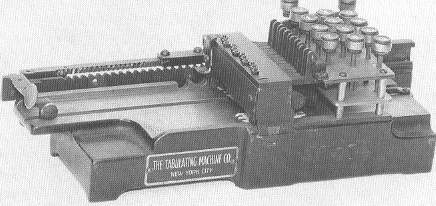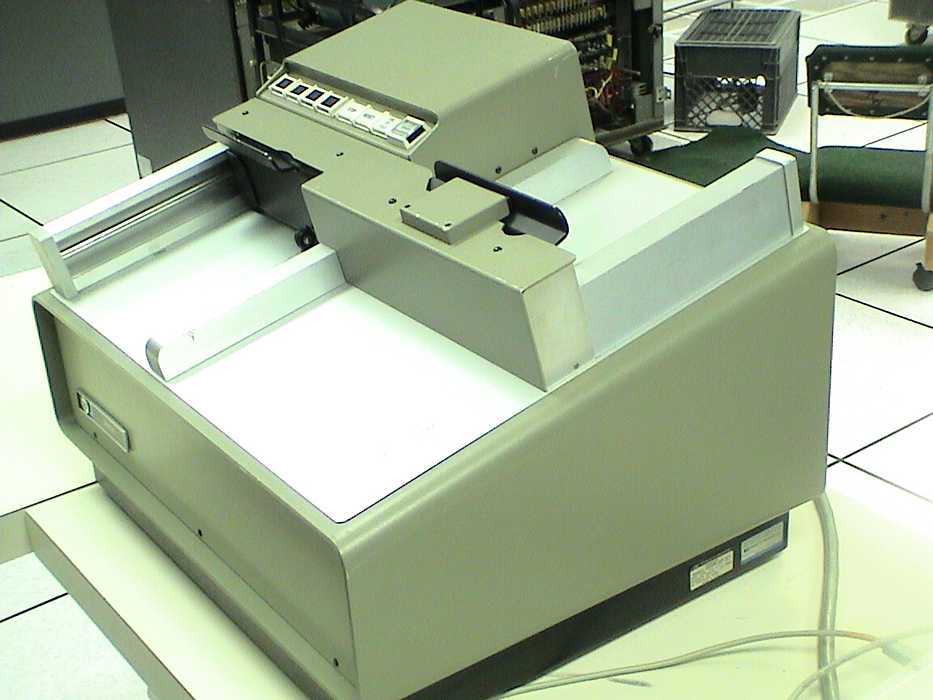Originally posted by zeitghost

and the cards were read into this:





07756 6032 KCC 07757 6031 KSF 07760 5357 JMP .-1 07761 6036 KRB 07762 7106 CLL RTL 07763 7006 RTL 07764 7510 SPA 07765 5357 JMP 7757 07766 7006 RTL 07767 6031 KSF 07770 5367 JMP .-1 07771 6034 KRS 07772 7420 SNL 07773 3776 DCA I 7776 07774 3376 DCA 7776 07775 5356 JMP 7756 07776 0000 AND 0 07777 5301 JMP 7701





 Doesn't work any more, try this:
Doesn't work any more, try this:

Leave a comment: